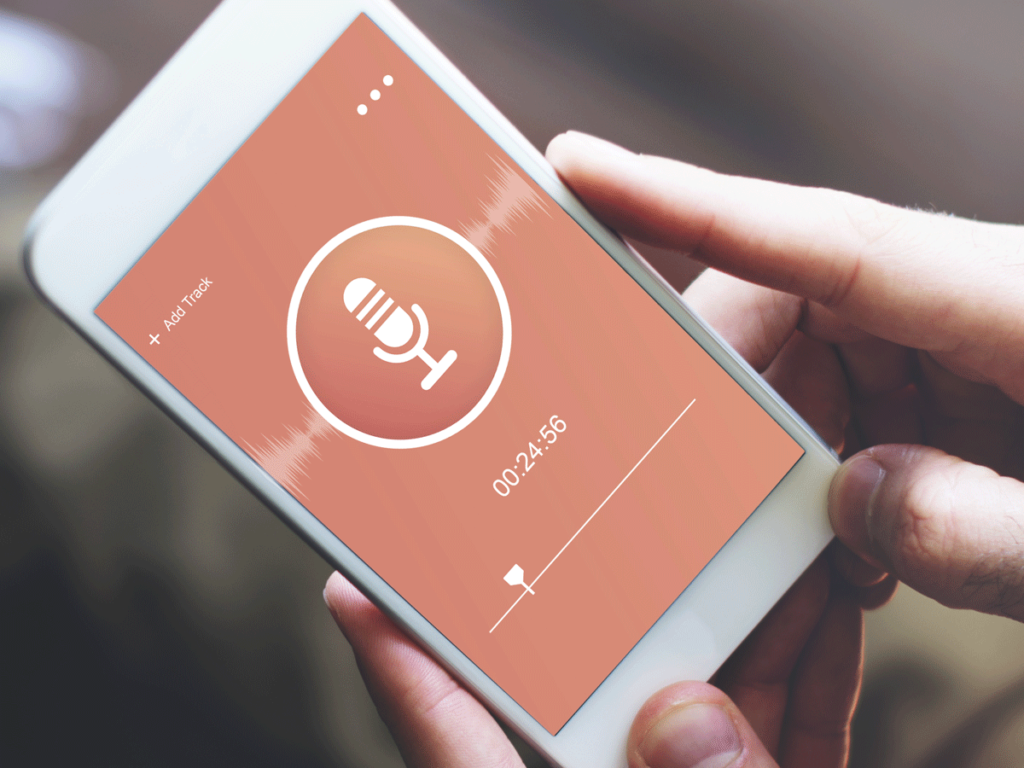In today’s fast-paced world, communication remains key, but not every situation requires a direct phone call. Sometimes, you just want to deliver a message without the potential back-and-forth of a real-time conversation. Enter the option to leave a voicemail without calling—a highly convenient, efficient, and professional way to connect with someone without interrupting their day. Whether you’re avoiding awkward conversations, respecting someone’s time, or simply delivering information on your terms, the ability to leave a voicemail without making an actual call has become a game-changer in both personal and professional communication.
In this article, we’ll explore why this method is useful, the tools and services available to make it happen, and step-by-step instructions to ensure you can leave voicemails seamlessly. By the end, you’ll know exactly how to leave a voicemail without calling and understand how this small act can enhance your communication strategy.
Why Would You Want to Leave a Voicemail Without Calling?
Before diving into the “how,” let’s explore the “why.” There are several reasons why leaving a voicemail directly, without calling, is beneficial:
- Avoiding Interruptions: Calling someone might disrupt their work, their meeting, or even their relaxation time. A voicemail allows the recipient to respond at their convenience.
- Efficiency: If you have a detailed message to leave, a voicemail ensures your thoughts are communicated clearly without engaging in a lengthy discussion.
- Professionalism: In business settings, leaving a voicemail without calling can come across as polished and professional, especially when paired with a clear and concise message.
- Avoiding Awkward Conversations: Sometimes, you may want to avoid direct communication but still need to convey information. This method allows you to sidestep potential discomfort while ensuring your message is heard.
- Time Management: Leaving a voicemail without calling saves time for both parties. You can communicate what you need to without waiting for someone to pick up or calling back repeatedly.
How Does It Work?
Leaving a voicemail without calling is made possible through various tools and services. These platforms bypass the usual phone call process and connect directly to the recipient’s voicemail inbox, skipping the ringing phase entirely. Here’s how this works in most cases:
- Direct-to-Voicemail Technology: The service connects to the voicemail server of the recipient’s phone carrier without triggering their phone to ring.
- Skipping the Call Phase: The recipient won’t receive a missed call notification, only a notification that they’ve received a voicemail.
- Secure Delivery: These services are designed to work seamlessly with voicemail systems, ensuring your message is delivered securely and clearly.
Tools and Services for Leaving a Voicemail Without Calling

Several tools have been developed to help individuals and businesses leave voicemails without making traditional phone calls. Here are some popular options:
#1. Slydial
Slydial is one of the most well-known tools for leaving voicemails directly. It’s user-friendly and widely used across both personal and professional contexts. To use Slydial, start by downloading the app or dialing their service number. Once you have access, enter the recipient’s phone number. Next, record your voicemail message, which will be delivered directly to the recipient’s inbox. This straightforward process allows you to leave a message without having to make a phone call.
Pros:
- Easy to use.
- Works with most U.S.-based carriers.
- Great for individual users.
Cons:
- Requires a stable internet connection or phone service.
- The free version includes advertisements.
#2. Ringless Voicemail Services
Ringless voicemail services are ideal for businesses looking to send voicemails to multiple recipients at once. These services are often used in marketing or client communication. Ringless voicemail services operate by allowing you to upload a list of phone numbers along with your pre-recorded message. Once uploaded, the service directly delivers the voicemail to the recipients’ inboxes without ringing their phones. This approach ensures that your messages are received quietly and efficiently, making it an effective communication tool.
Pros:
- Scalable for businesses.
- Saves time and effort for mass communication.
Cons:
- Often comes with a cost.
- May not be suitable for personal use.
#3. Google Voice
Google Voice offers a free and seamless way to leave voicemails without making a direct call. To use Google Voice, begin by setting up a Google Voice account. Once your account is established, you can utilize the voicemail feature to send messages directly to a recipient’s inbox. This allows for efficient communication without the need for a phone call.
Pros:
- Free to use.
- Integrates well with other Google services.
Cons:
- Limited to users with Google accounts.
#4. Carrier-Specific Services
Some phone carriers, such as Verizon and AT&T, offer voicemail drop services as part of their plans. Check with your carrier to see if this is an option.
Easy Steps to Leave a Voicemail Seamlessly
Here’s how you can leave a voicemail without calling, using any of the tools mentioned above:
#1: Choose Your Tool
Decide whether you’ll use an app like Slydial, a ringless voicemail service, or a built-in feature like Google Voice. Your choice will depend on your specific needs—whether personal or professional.
#2: Prepare Your Message
Draft your message beforehand. Make it concise, clear, and professional. If you’re using a ringless voicemail service for marketing, ensure your message complies with legal regulations (e.g., TCPA in the U.S.).
#3: Follow the Tool’s Instructions
Each tool or service will have its own steps, but generally, you’ll need to input the recipient’s number, record your message, and send it off. Some tools also allow you to schedule your voicemail for a later time.
#4: Confirm Delivery
Many services provide a confirmation that your voicemail has been successfully delivered. Check for this to ensure your message reached its destination.
Legal and Ethical Considerations
While leaving a voicemail without calling is a convenient tool, it’s important to use it responsibly. Here are a few key points to consider:
- Obtain Consent: If you’re using this method for marketing purposes, ensure you have explicit consent from the recipient to contact them.
- Avoid Spamming: Sending mass voicemails without relevance to the recipient can come across as intrusive and harm your reputation.
- Follow Local Regulations: Some countries or states have laws governing telecommunication practices. For example, in the U.S., the TCPA regulates how businesses can contact individuals via phone.
- Keep It Professional: Avoid leaving overly casual or inappropriate messages, especially in professional contexts.
When Should You Use This Method?
Leaving a voicemail without calling is not always the best option, but it’s ideal in the following situations:
- Professional Updates: Informing clients or colleagues about updates without requiring immediate feedback.
- Event Reminders: Sending reminders for meetings, appointments, or events.
- Marketing Campaigns: Delivering promotional messages in a non-intrusive way.
- Personal Messages: Communicating with friends or family when you know they might be unavailable.
Summary
The ability to leave a voicemail without calling is a modern solution to an age-old communication challenge. Whether you’re looking to save time, avoid interruptions, or maintain professionalism, this method provides an efficient way to deliver your message without directly engaging in a phone call. From tools like Slydial and Google Voice to ringless voicemail services tailored for businesses, there are plenty of options to suit your needs. By understanding how to use these tools effectively and responsibly, you can streamline your communication efforts and ensure your messages are heard—on your terms. So, the next time you need to contact someone without making a call, remember that leaving a voicemail directly is not only possible but also incredibly easy.
Now that you know exactly how to leave a voicemail without calling, why not give it a try? It might just become your go-to method for efficient and thoughtful communication.







